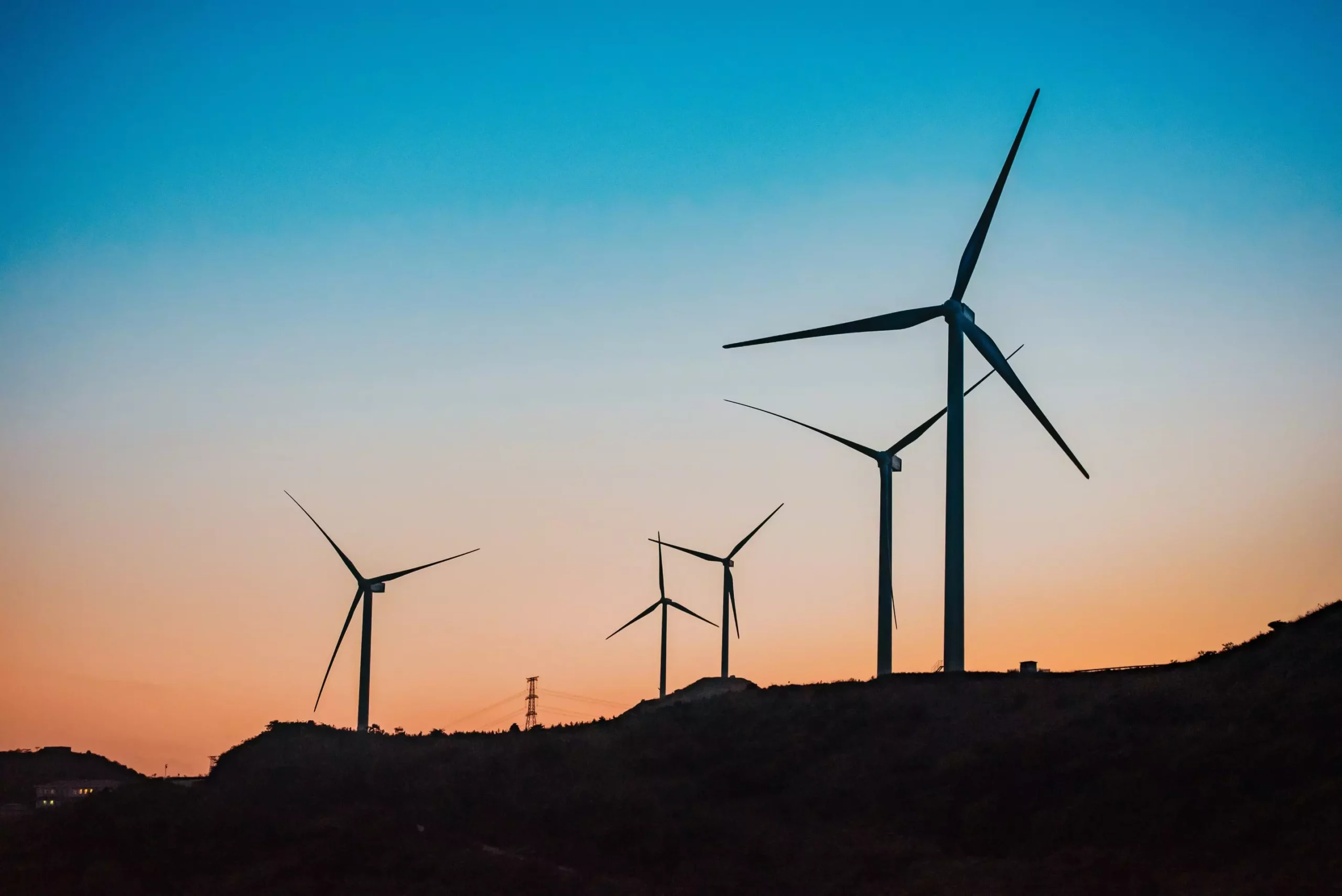Despite decades of investment and policy initiatives aimed at promoting renewable energy, Australia still finds itself heavily dependent on coal and gas power generation. This reliance raises pressing questions about what the true obstacles are preventing the transition to cleaner alternatives. While the technology to generate renewable energy exists, the challenges arise primarily after generation, particularly in the infrastructure needed to deliver this energy where it is most needed. Key issues include the development of extensive transmission lines and robust energy storage solutions. As climate anxiety grows, so does the urgency to overcome these challenges.
A significant barrier in Australia’s renewable energy landscape is the necessity for approximately 10,000 kilometers of new transmission lines. These lines are essential for conveying energy generated in rural areas—where renewables are prevalent—into urban centers where demand is highest. The importance of such infrastructure cannot be overstated; without it, clean energy remains capped at its source, unable to play a transformative role in the energy mix.
Local resistance to new transmission projects often complicates matters further. Rural communities might oppose the installation of transmission lines, fearing potential environmental and aesthetic impacts. Additionally, procedural delays associated with planning approvals can stymie projects for years, limiting critical investment in the renewable sector.
Australia’s situation is not unique; similar challenges are apparent in many countries worldwide. According to the International Energy Agency, building new electrical grid assets takes, on average, about a decade in both Europe and the United States. Acknowledging these issues, the European Union implemented policies to fast-track the clean energy transition, declaring renewable projects as being in the “overriding public interest.” These laws favor clean energy developments over local interests, redefining the balance between environmental and community needs.
Germany has taken a more aggressive stance, streamlining its planning processes further while providing financial incentives to engage communities in clean energy initiatives. This approach not only incentivizes local participation but also manages public sentiment. The potential pitfalls, however, have been made evident through electoral backlash, particularly as populist parties gain traction in response to these rapid transitions.
In a somewhat different approach, the United States has enacted the Inflation Reduction Act, a substantial piece of legislation aimed at fostering green innovation through financial incentives rather than regulatory constraints. With around A$600 billion allocated to promote green technologies, the U.S. has witnessed an effective mobilization of private investment into renewable energy sectors. Yet, even this challenge is compounded by the need for a coordinated effort to establish necessary transmission networks.
To address the bureaucratic gridlock, the U.S. Energy Department has proposed new rules that consolidate federal approvals, aimed at hastening the development of regional transmission lines. Such a model could offer valuable lessons for Australian policymakers grappling with their own delays.
China presents a striking contrast with its massive investments in renewable energy capabilities. The country has markedly increased its solar and wind grid capacities over the past decade, achieving a significant reduction in emissions ahead of schedule. This success has been propelled by an authoritarian governance structure that facilitates rapid decision-making, circumventing the community concerns that often delay similar initiatives in democracies.
However, such progress raises ethical questions about the costs borne by local communities and the environment amid government-driven development agendas. China’s model has sparked discussions in Western nations about the possible trade-offs between swift energy transition and community support.
As Australia endeavors to bolster its renewable energy infrastructure, learning from global experiences becomes imperative. The dichotomy between quick transitions favoring environmental goals and the need for local community support must be navigated judiciously. Governments can adopt approaches that encourage community engagement and shared benefits, such as Victoria’s Transmission Investment Framework, which emphasizes local community involvement from the outset.
While this patient approach may temper the rapid deployment of renewable technology, it has the potential to fortify long-term public support, reducing conflict and fostering a collaborative environment for future projects.
There is no denying that the shift toward renewable energy sources is essential for combating climate change. However, the pursuit of this transition must strive for balance, addressing both infrastructure needs and community concerns. In doing so, Australia and other countries can navigate the complexities of energy transition—mapping a sustainable path that prioritizes the collective interests of society and the environment. Ultimately, progress is possible when it is pursued not just through policies and investments, but through meaningful community engagement and a commitment to holistic, inclusive development.


Leave a Reply